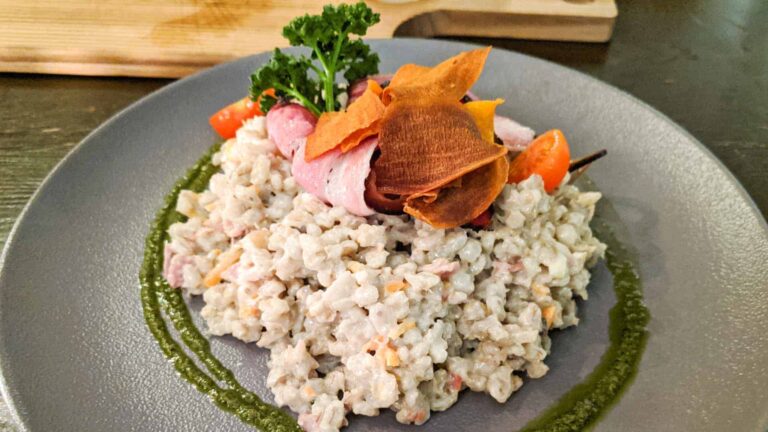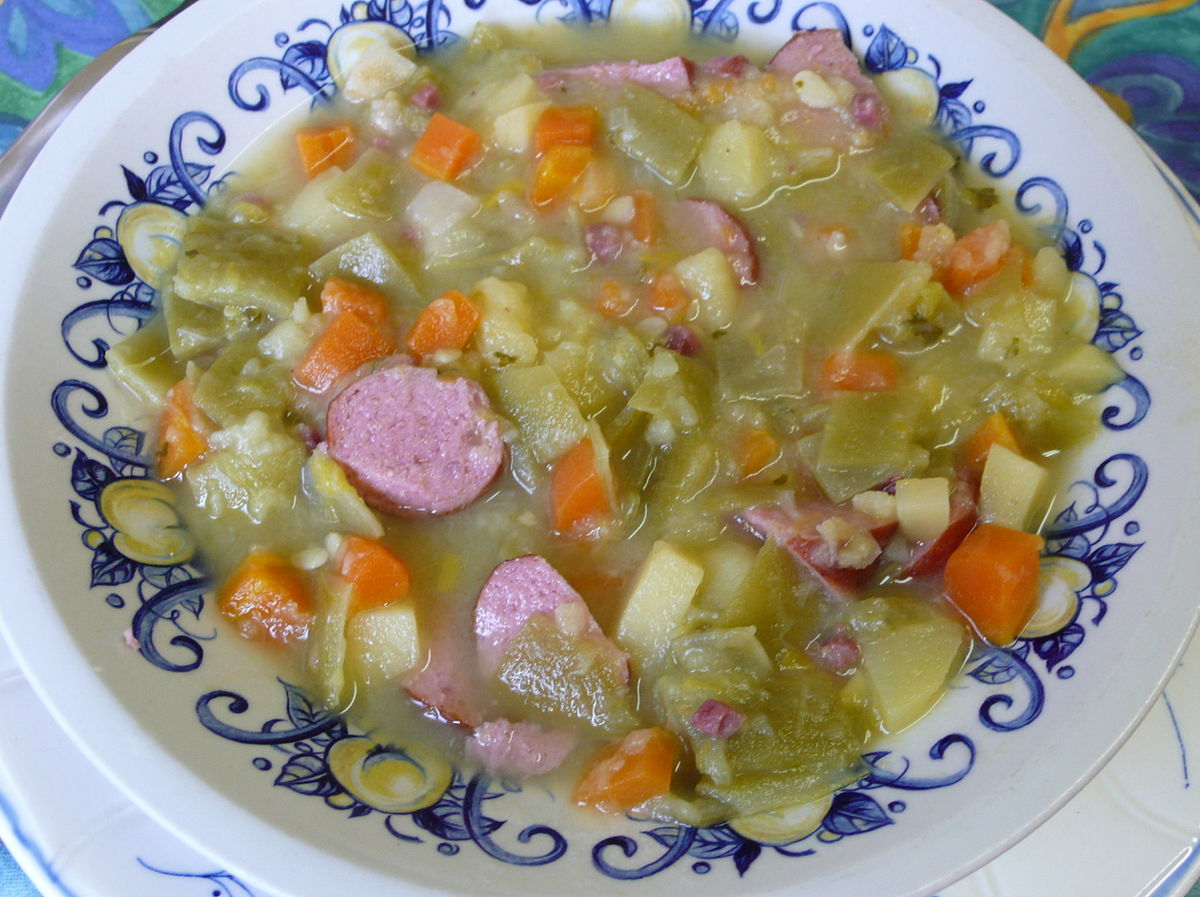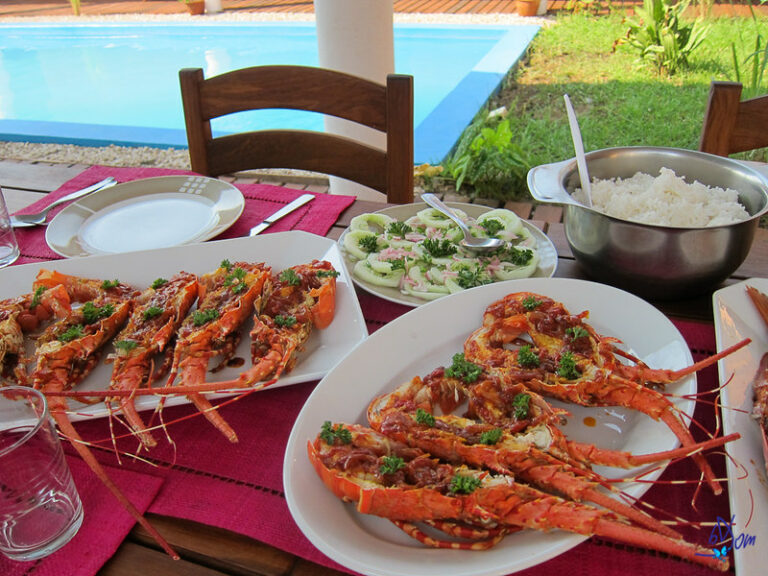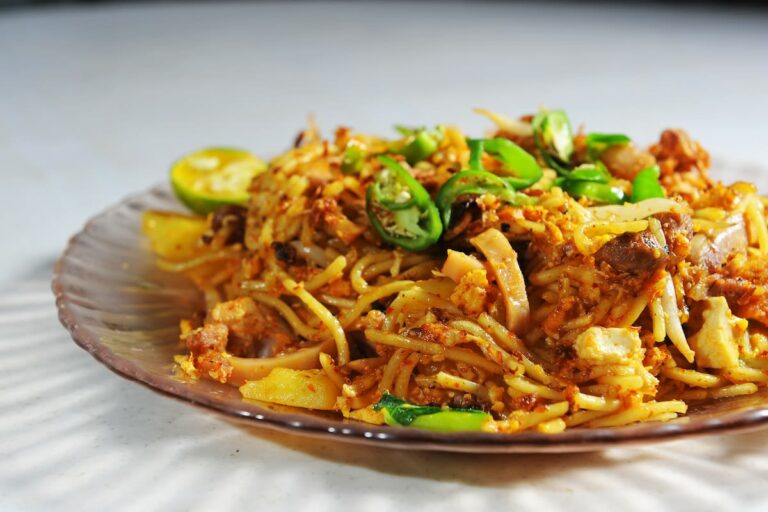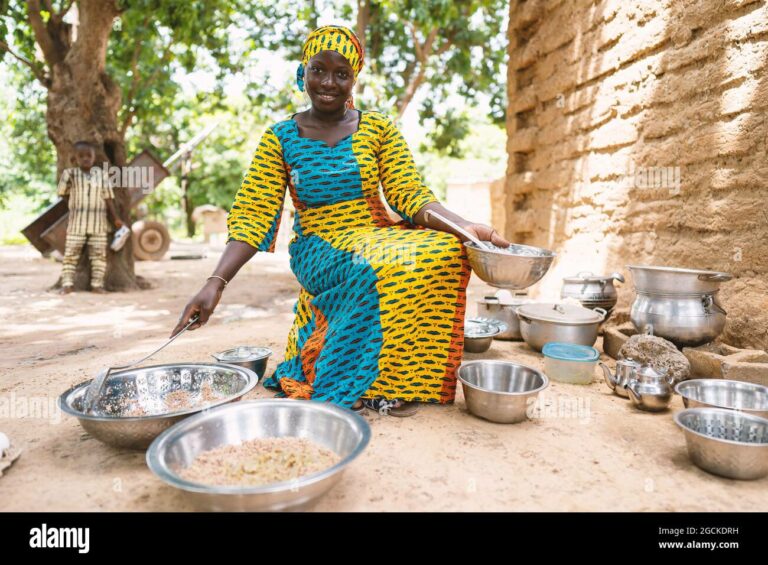Introduction: Icelandic food culture
Iceland is known for its unique cuisine, which is heavily influenced by its geography and climate. The country’s cuisine is largely based on seafood, dairy products, and lamb, and it is closely tied to the land and the sea. Icelandic cuisine has a strong emphasis on fresh, local ingredients and a sustainable approach to food production.
Icelandic farming practices
Icelandic farmers are known for their commitment to sustainable agriculture. Due to Iceland’s harsh climate and limited arable land, farmers have had to adapt to the conditions and develop innovative farming techniques. Many farms in Iceland are small-scale, family-run operations that prioritize quality over quantity. Icelandic farmers use methods such as crop rotation, natural pest control, and organic fertilizers to maintain the health of the soil and ensure high-quality crops.
Farm-to-table restaurants in Iceland
In recent years, farm-to-table dining has become increasingly popular in Iceland. Many restaurants in the country have embraced the concept and are committed to using locally sourced, sustainable ingredients in their dishes. These restaurants work directly with local farmers and producers to obtain fresh, high-quality ingredients. They also prioritize seasonal produce, meaning that their menus change frequently to reflect what is available at that time of year.
Sustainable seafood in Iceland
Iceland is surrounded by some of the world’s richest fishing grounds, and seafood is a staple of Icelandic cuisine. However, the country’s fishing industry is also committed to sustainability. Iceland has a quota system that limits the amount of fish that can be caught each year, and many fishing companies have implemented sustainable fishing practices to ensure the health of the fish populations. Additionally, Iceland has a certification program for sustainable seafood, which helps consumers make informed choices about the seafood they purchase.
Organic farming in Iceland
Organic farming has been gaining popularity in Iceland in recent years. Many farmers have embraced organic methods as a way to reduce their environmental impact and provide consumers with healthier, chemical-free produce. Organic farming in Iceland is supported by government initiatives, such as subsidies for organic farming practices and a certification program for organic products.
Conclusion: Iceland’s commitment to sustainable food practices
Overall, Iceland is a leader in sustainable food practices. From its commitment to sustainable fishing to its embrace of organic farming and farm-to-table dining, the country is dedicated to producing high-quality, environmentally friendly food. As consumers become more aware of the impact of their food choices on the environment, Iceland’s commitment to sustainable food practices is sure to become an increasingly important factor in the country’s culinary landscape.



